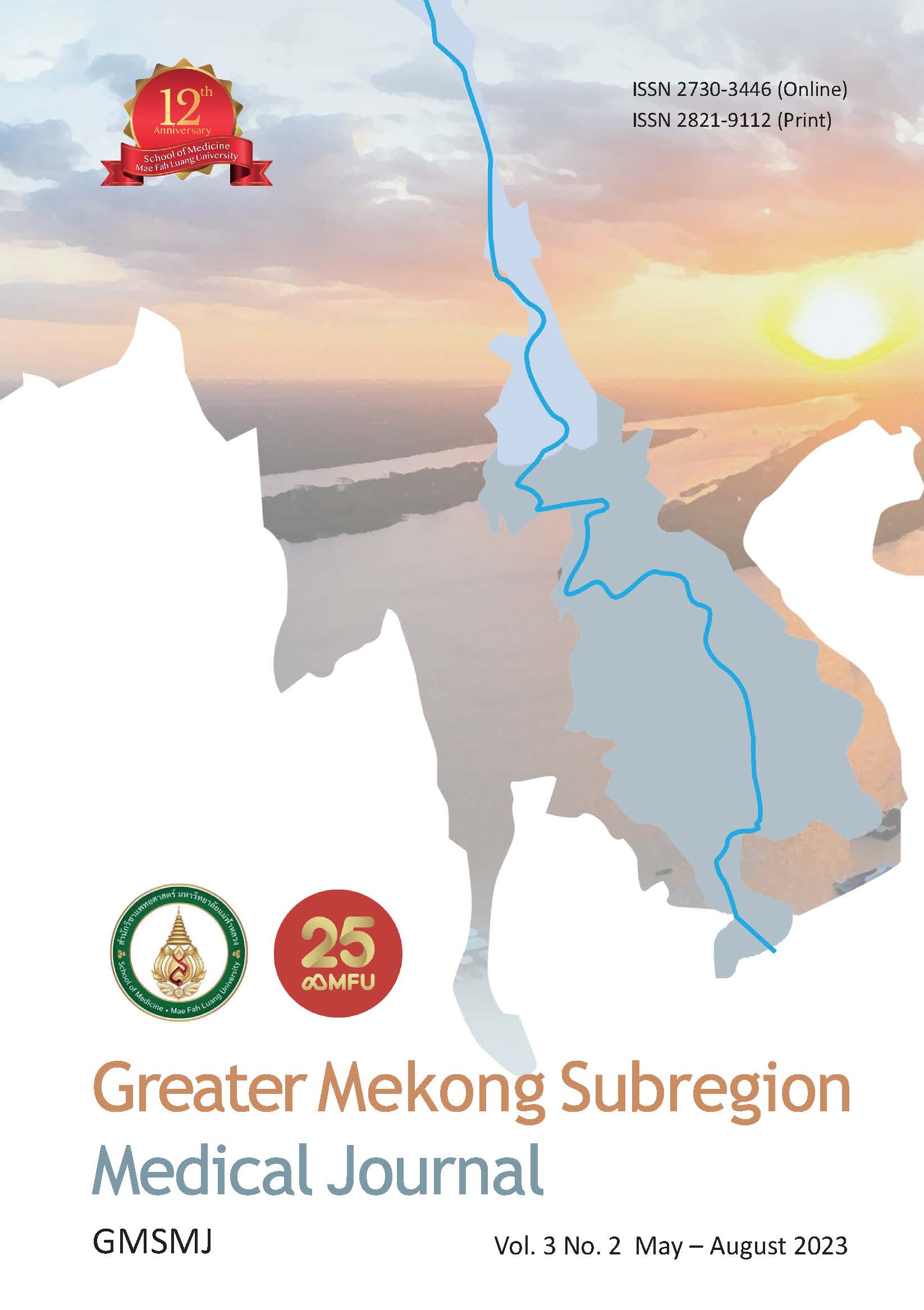Lactose intolerance: Biochemistry Perspective
Keywords:
Lactose intolerance, Lactase deficiency, MalabsorptionAbstract
Lactose is disaccharide that found mainly in dairy products derived from mammary glands except in sea lions and walruses due to low milk production. It also contains fatty lactose-free milk. β-galactosyl-1,4 glucose.1 Lactose is an essential sugar for a newborn. Since there randomized comparative studies.2,3 They gathered breastfed newborns or receiving lactose-containing milk is compared with newborns fed lactose-free milk, the first group of newborns had higher blood sugar levels, nutrients and amino acids than the second group. Studies in adults have found that 14% of their energy intake comes from dairy products, figures from Europe and North America. while the People’s Republic of China and developing countries account for only 4%, but the overall consumption of dairy products in all regions is on an upward trend.4
References
Reich CM, Arnould JPY. Evolution of Pinnipedia lactation strategies: a potential role for α-lactalbumin? Biol Lett. 2007; 3: 546-9. https://doi.org/10.1098/rsbl.2007.0265
Slupsky CM, He X, Hernell O, et al. Postprandial metabolic response of breast-fed infants and infants fed lactose-free vs regular infant formula: A randomized controlled trial. Sci Rep. 2017; 7: 3640. https://doi.org/10.1038/s41598-017-03975-4
Grenov B, Briend A, Sangild PT, et al. Undernourished children and milk lactose. Food Nutr Bull. 2016; 37: 85-99. https://doi.org/10.1177/0379572116629024
Silanikove N, Leitner G, Merin U. The Interrelationships between lactose intolerance and the modern dairy industry: global perspectives in evolutional and historical backgrounds. Nutrients. 2015; 7: 7312-31. https://doi.org/10.3390/nu7095340
Skovbjerg H, Norén O, Sjöström H, et al. Further characterization of intestinal lactase/ phlorizin hydrolase. Biochim Biophys Acta. 1982; 707: 89-97. https://doi.org/10.1016/0167-4838(82)90400-9
Amiri M, Diekmann L, von Köckritz- Blickwede M, et al. The diverse forms of lactose intolerance and the putative linkage to several cancers. Nutrients. 2015; 7: 7209-30. https://doi.org/10.3390/nu7095332
Chen L, Tuo B, Dong H. Regulation of intestinal glucose absorption by ion channels and transporters. Nutrients. 2016; 8: 43. https://doi.org/10.3390/nu8010043
Hove H, Norgaard H, Mortensen PB: Lactic acid bacteria and the human gastrointestinal tract. Eur J Clin Nutr. 1999; 53: 339-50. https://doi.org/10.1038/sj.ejcn.1600773
Misselwitz B, Butter M, Verbeke K, et al. Update on lactose malabsorption and intolerance: pathogenesis, diagnosis and clinical management. Gut. 2019; 68: 2080-91. https://doi.org/10.1136/gutjnl-2019-318404
He T, Venema K, Priebe MG, et al. The role of colonic metabolism in lactose intolerance. Eur J Clin Invest. 2008; 38:541-7. https://doi.org/10.1111/j.1365-2362.2008.01966.x
Windey K, Houben E, Deroover L, et al. Contribution of colonic fermentation and fecal water toxicity to the pathophysiology of lactose-intolerance. Nutrients. 2015; 7: 7505-22. https://doi.org/10.3390/nu7095349
Malik TF, Panuganti KK. Lactose Intolerance. [Updated 2020 Jun 26]. In: StatPearls [Internet]. Treasure Island (FL): StatPearls Publishing; 2020 January.
Uhnoo I, Olding-Stenkvist E, Kreuger A. Clinical features of acute gastroenteritis associated with rotavirus, enteric adenoviruses, and bacteria. Archives of Disease in Childhood. 1986; 61(8): 732-8. https://doi.org/10.1136/adc.61.8.732
Maiuri L, Rossi M, Raia V, et al. Morphological method for the diagnosis of human adult type hypolactasia. Gut. 1994; 35:1042-6. https://doi.org/10.1136/gut.35.8.1042
Rezaie A, Buresi M, Lembo A, et al. Hydrogen and methane-based breath testing in gastrointestinal disorders: The North American Consensus. Am J Gastroenterol. 2017; 112: 775-84 https://doi.org/10.1038/ajg.2017.46
Yang J, Deng Y, Chu H, et al. Prevalence and presentation of lactose intolerance and effects on dairy product intake in healthy subjects and patients with irritable bowel syndrome. Clin Gastroenterol Hepatol. 2013; 11: 262-8. https://doi.org/10.1016/j.cgh.2012.11.034
Domínguez Jiménez JL, Fernández Suárez A. Correlation between capillary and venous blood glucose in the lactose tolerance test. Dig Dis Sci. 2016; 61: 208-14. https://doi.org/10.1007/s10620-015-3851-1
Savaiano DA, Ritter AJ, Klaenhammer TR, et al. Improving lactose digestion and symptoms of lactose intolerance with a novel galacto-oligosaccharide (RP-G28): a randomized, double-blind clinical trial. Nutr J. 2013; 12: 160. https://doi.org/10.1186/1475-2891-12-160
Hertzler SR, Savaiano DA. Colonic adaptation to daily lactose feeding in lactose maldigesters reduces lactose intolerance. Am J Clin Nutr. 1996; 64: 232-6. https://doi.org/10.1093/ajcn/64.2.232
Voisin MR, Borici-Mazi R. Anaphylaxis to supplemental oral lactase enzyme. Allergy Asthma Clin Immunol. 2016; 12: 66. https://doi.org/10.1186/s13223-016-0171-8
Saqib S, Akram A, Halim SA, et al. Sources of β-galactosidase and its applications in food industry. 3 Biotech. 2017; 7:79. https://doi.org/10.1007/s13205-017-0645-5
Ianiro G, Pecere S, Giorgio V, et al. Digestive enzyme supplementation in gastrointestinal diseases. Curr Drug Metab. 2016; 17:187-93. https://doi.org/10.2174/138920021702160114150137
Downloads
Published
How to Cite
Issue
Section
License
Copyright (c) 2023 Greater Mekong Subregion Medical Journal

This work is licensed under a Creative Commons Attribution-NonCommercial-NoDerivatives 4.0 International License.






